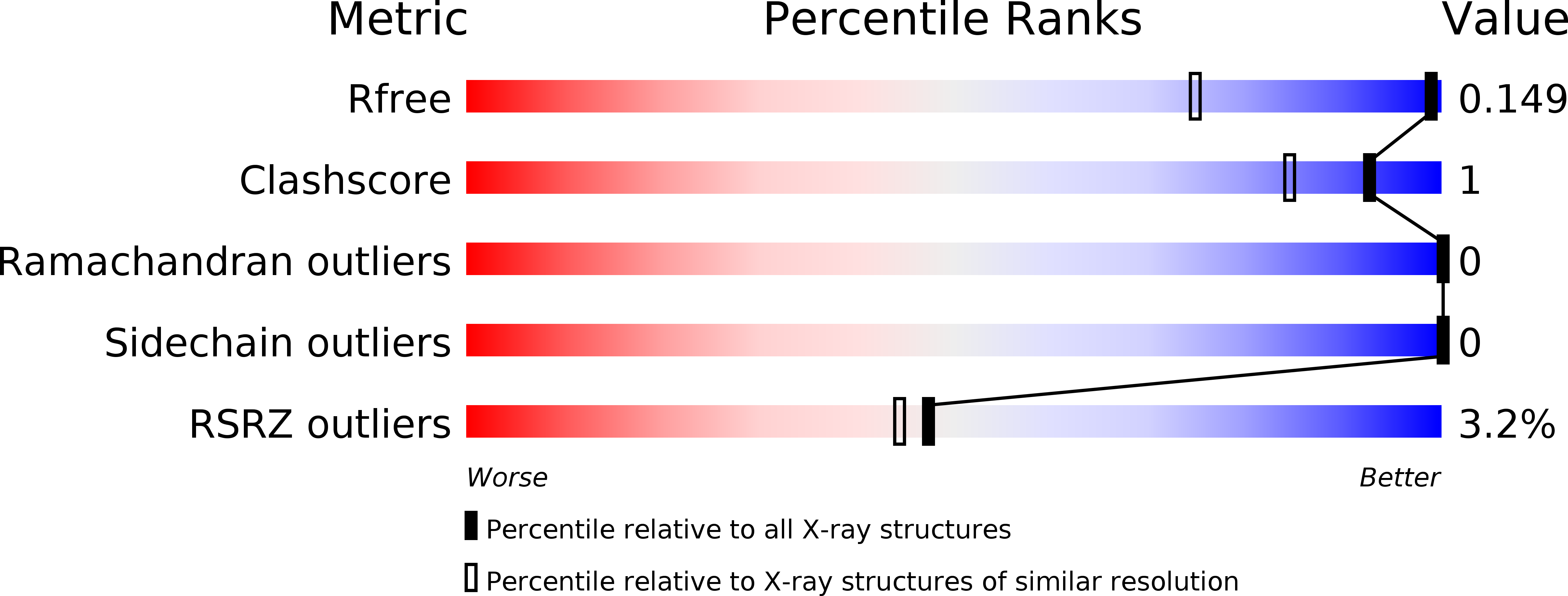
Deposition Date
2018-08-21
Release Date
2019-01-23
Last Version Date
2023-10-11
Entry Detail
PDB ID:
6M8F
Keywords:
Title:
Engineered sperm whale myoglobin-based carbene transferase
Biological Source:
Source Organism:
Physeter catodon (Taxon ID: 9755)
Host Organism:
Method Details:
Experimental Method:
Resolution:
1.10 Å
R-Value Free:
0.14
R-Value Work:
0.12
R-Value Observed:
0.12
Space Group:
P 6


